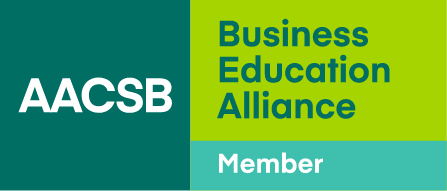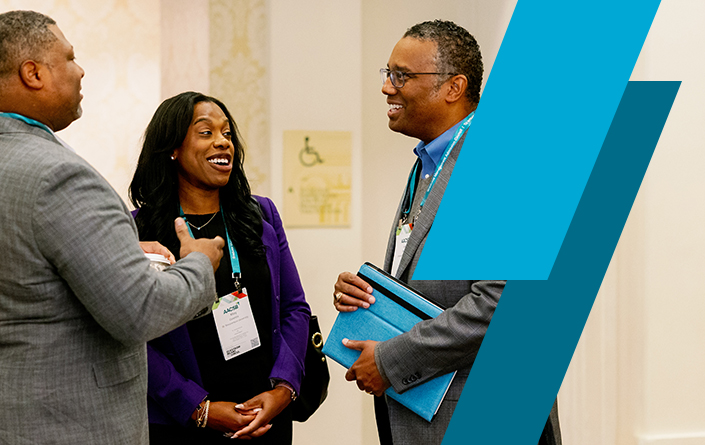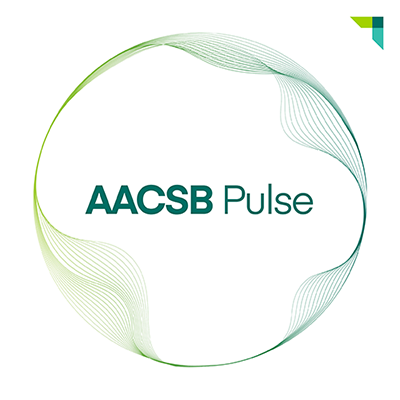Insights
For Everyone
294 Results
294 Results
Learner-Centric AI in Business Schools
Human–AI collaboration is driving new approaches to learner engagement and institutional strategy in business education.
Creating a Culture of Research Ripe for Impact
Redefining research relevance requires business schools to balance traditional academic excellence with expanded commitments to practical application.
Supporting Research Into Impact
Strategic career-stage planning enables business school faculty to maximize both knowledge creation and real-world research impact over time.
Recognizing Research Impact: The Dean's Role
Deans can shape the future of research by embedding broader impact measures into faculty reporting and hiring practices.
What Is Meaningful Research Impact?
True research impact is measured not solely by citations or rankings but by how deeply insights engage real-world audiences and shape their thinking.
Fueling Innovation Through Collaboration
Tomorrow’s graduates need more than internships—they need universities and industry partners willing to bridge divisions and transform education together.
Show Results
Contribute to AACSB Insights
Editorial Calendar
View our calendar of editorial themes and areas of focus for the upcoming months.
Submission Guidelines
Learn how you can share your expertise and perspectives in an AACSB Insights article.
BizEd Magazine Archives
Locate past articles and issues from AACSB's previously published business education magazine, BizEd.






